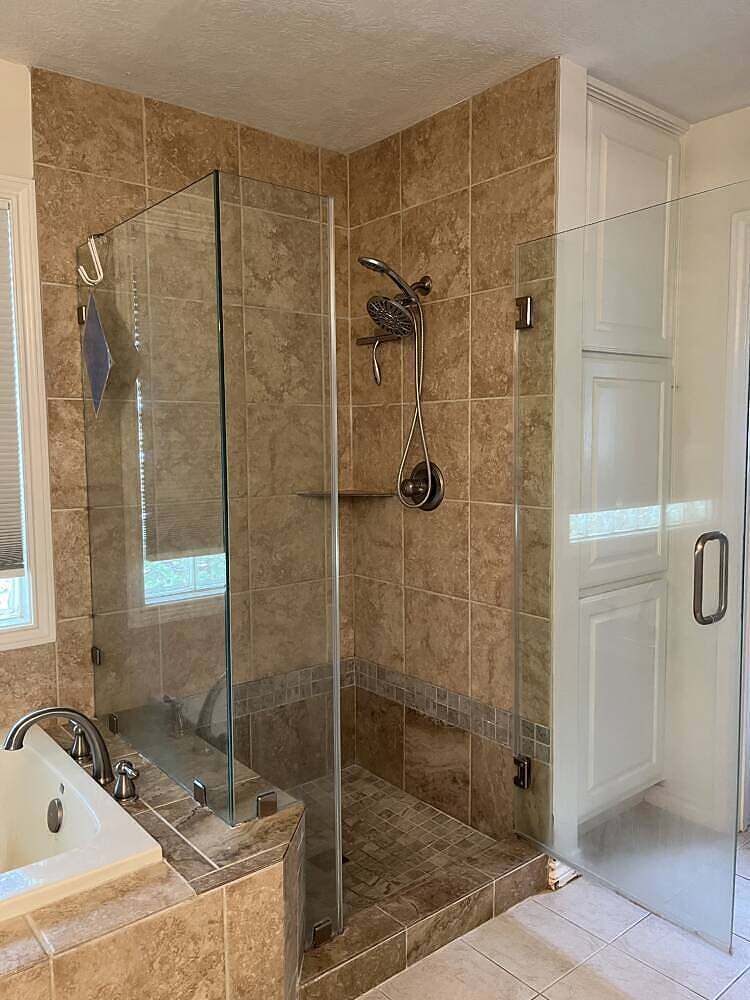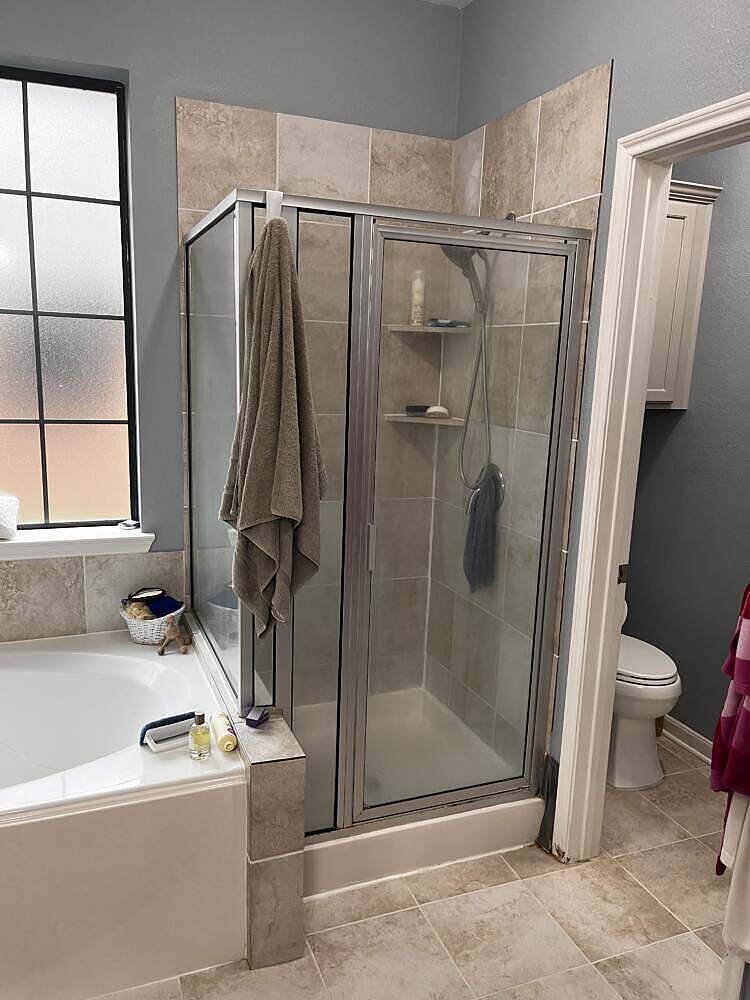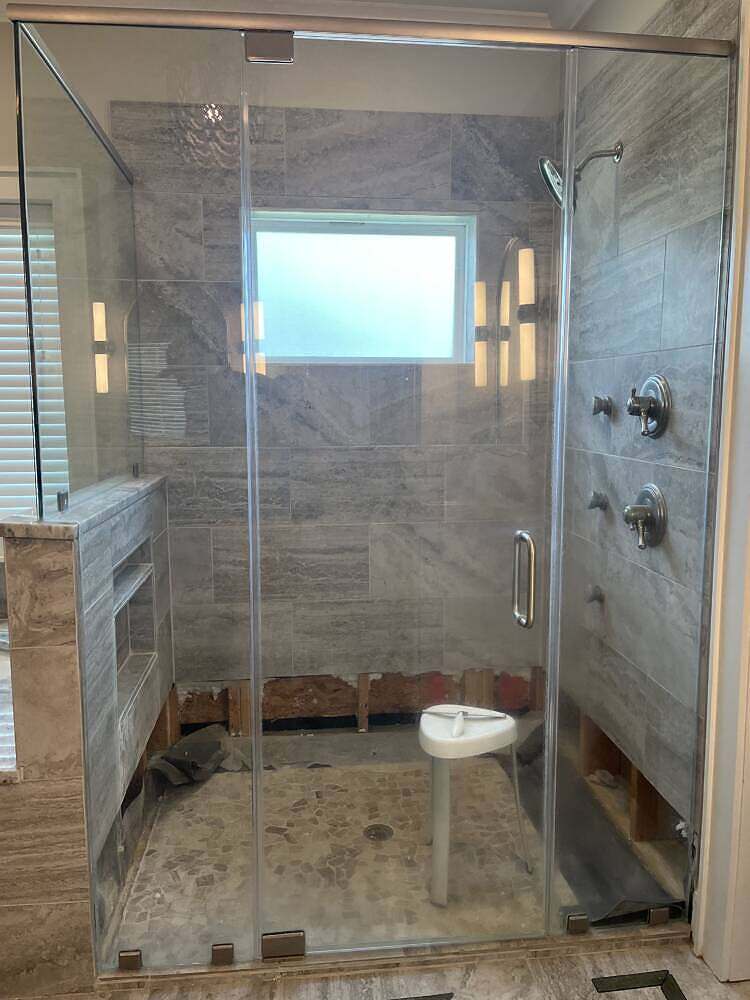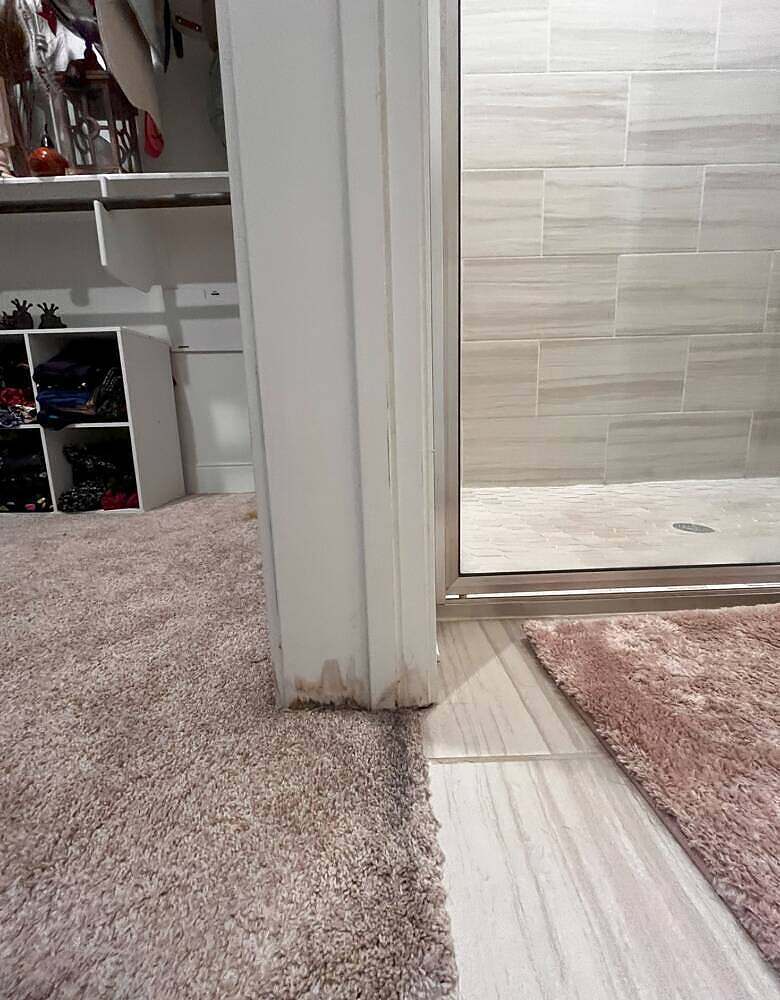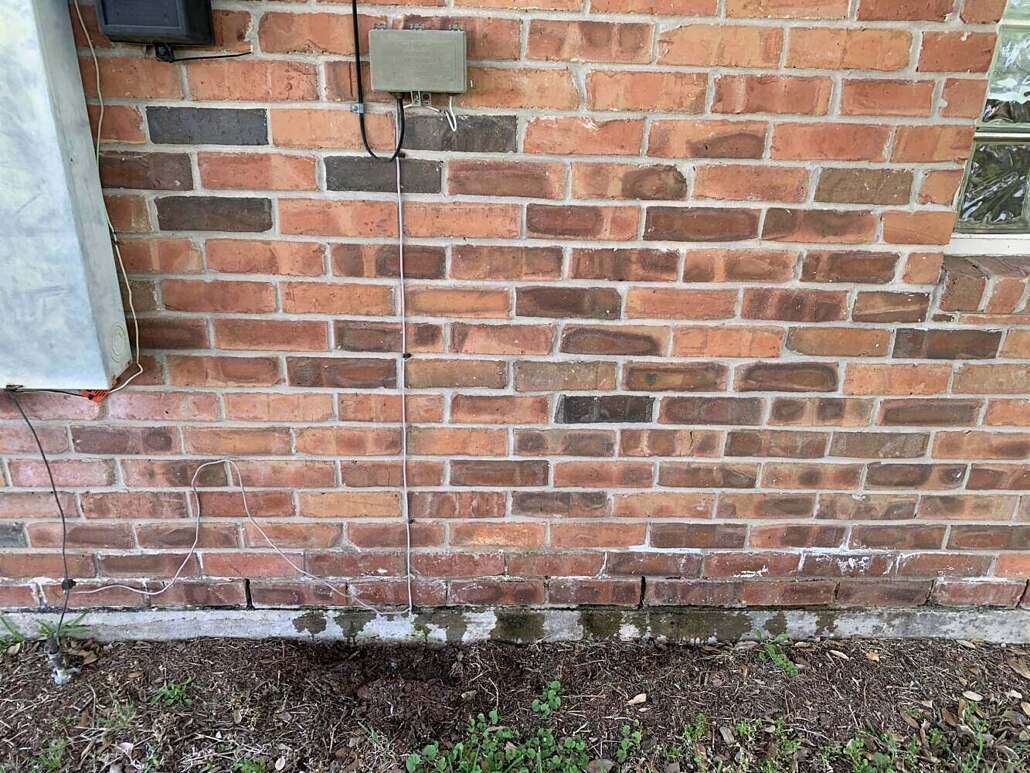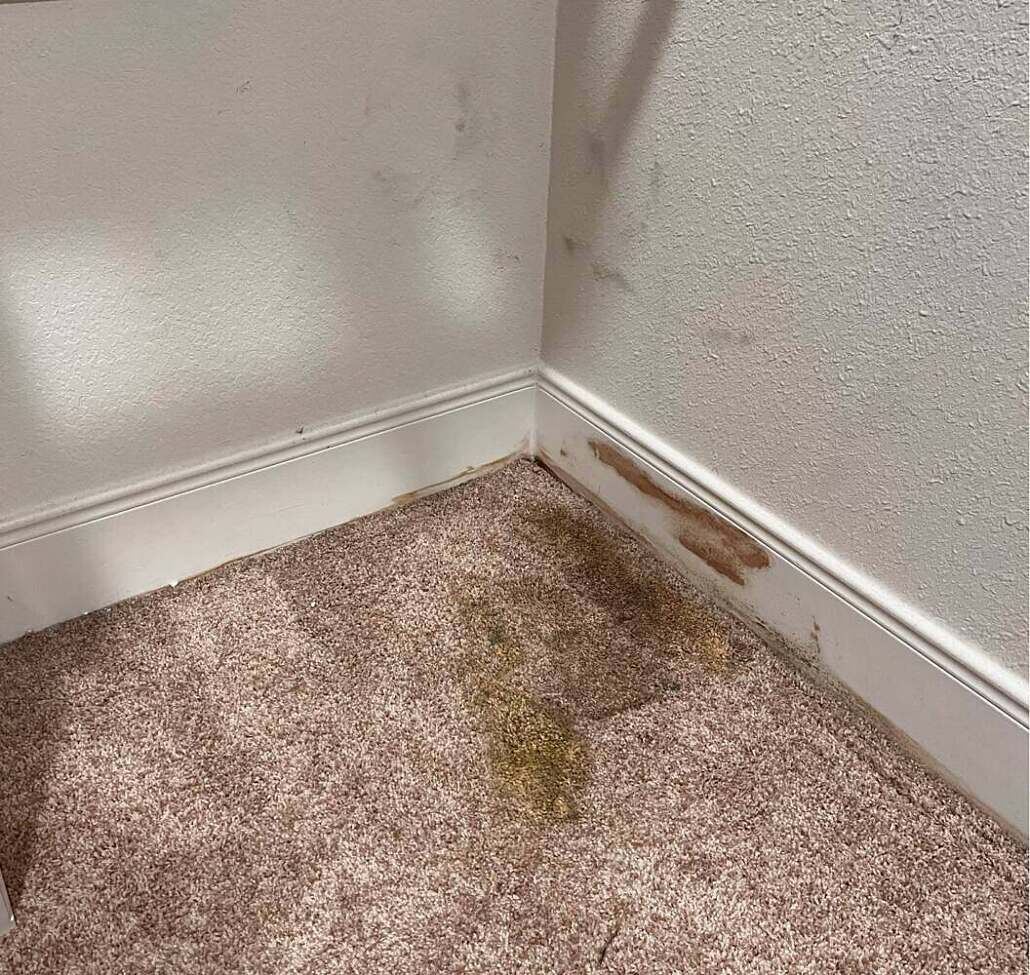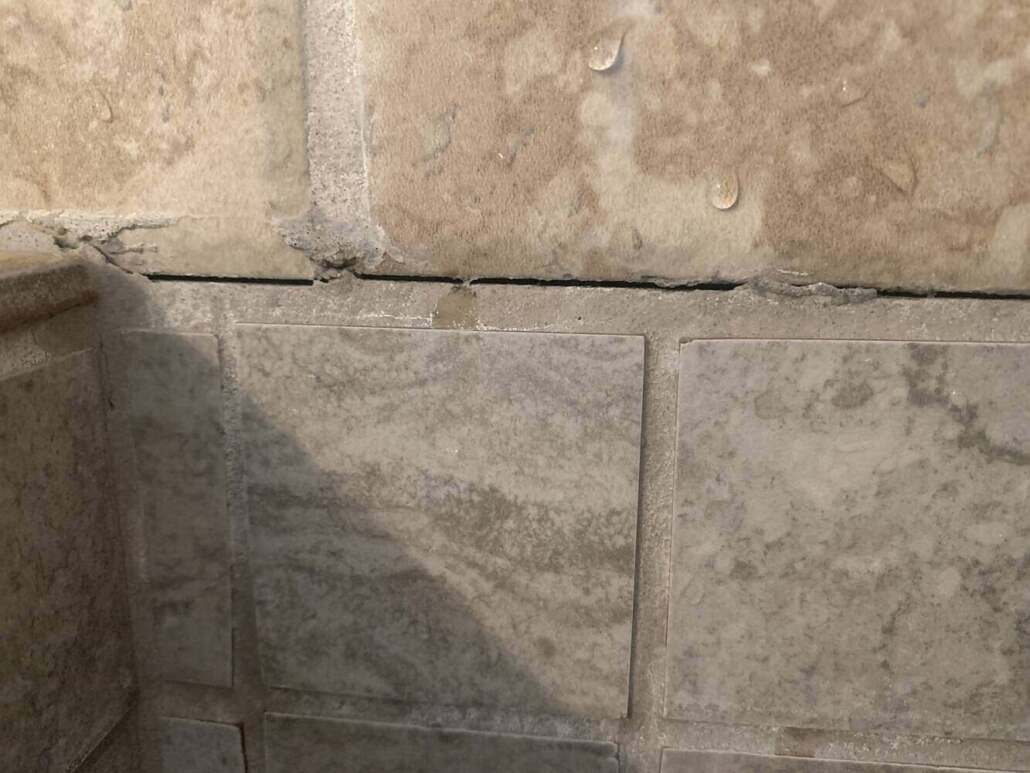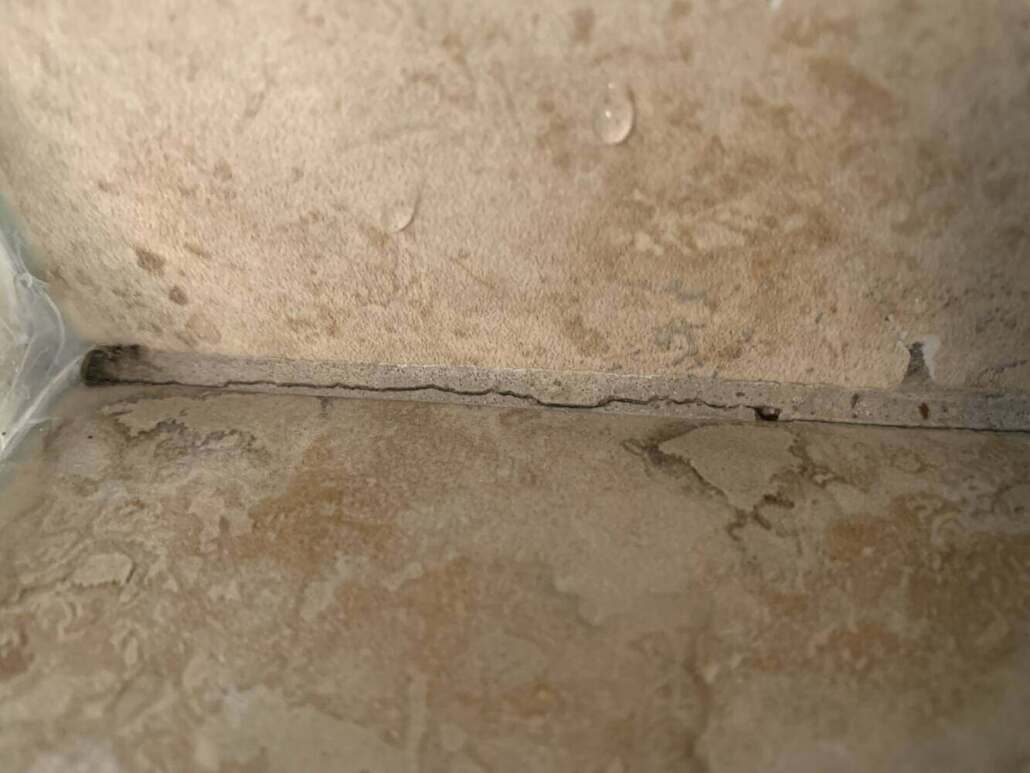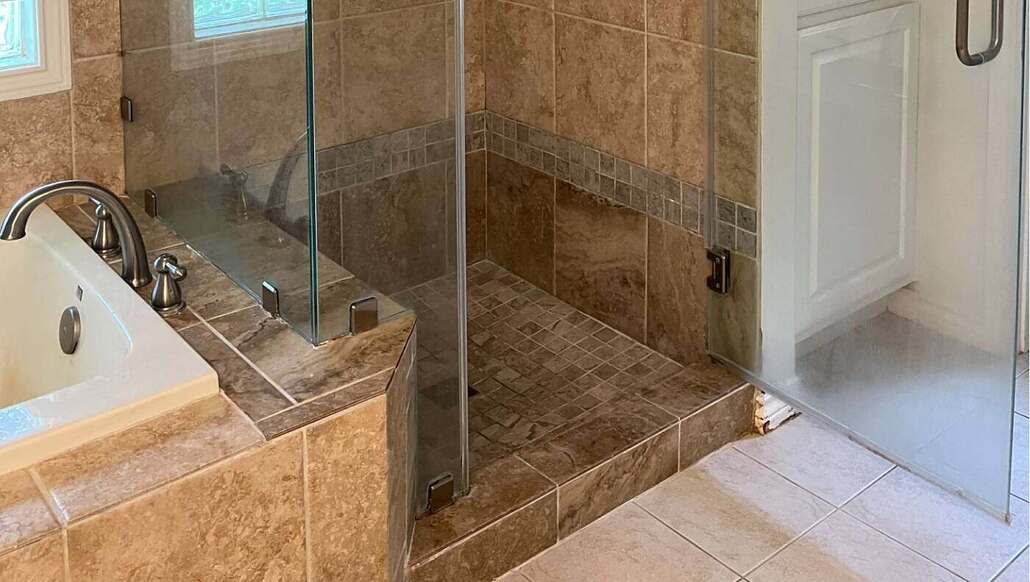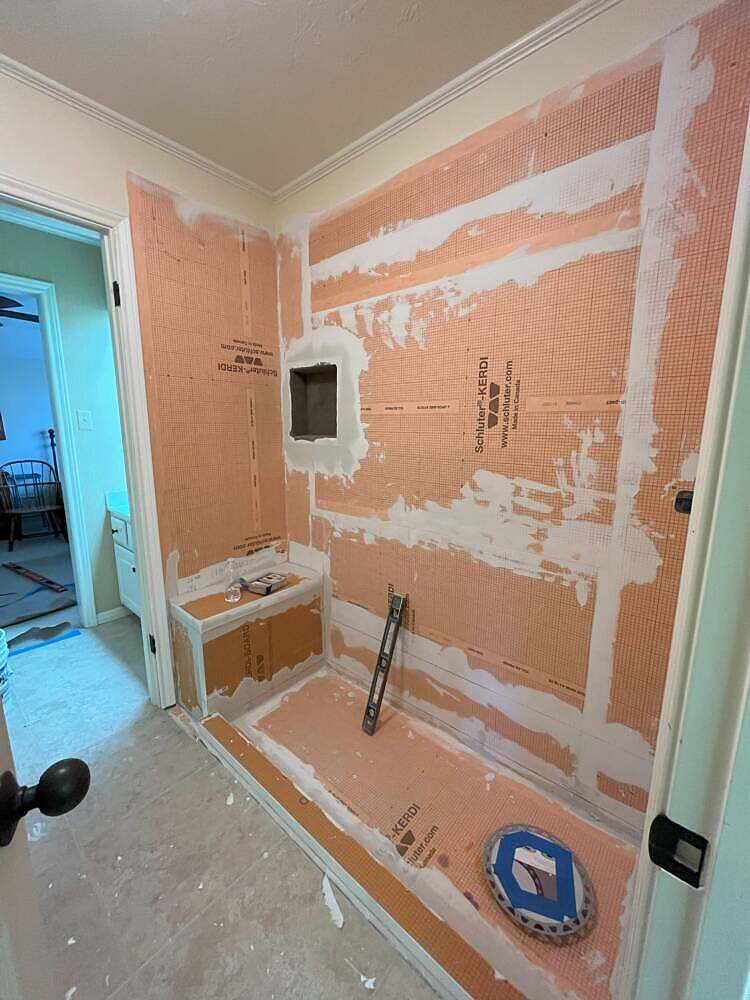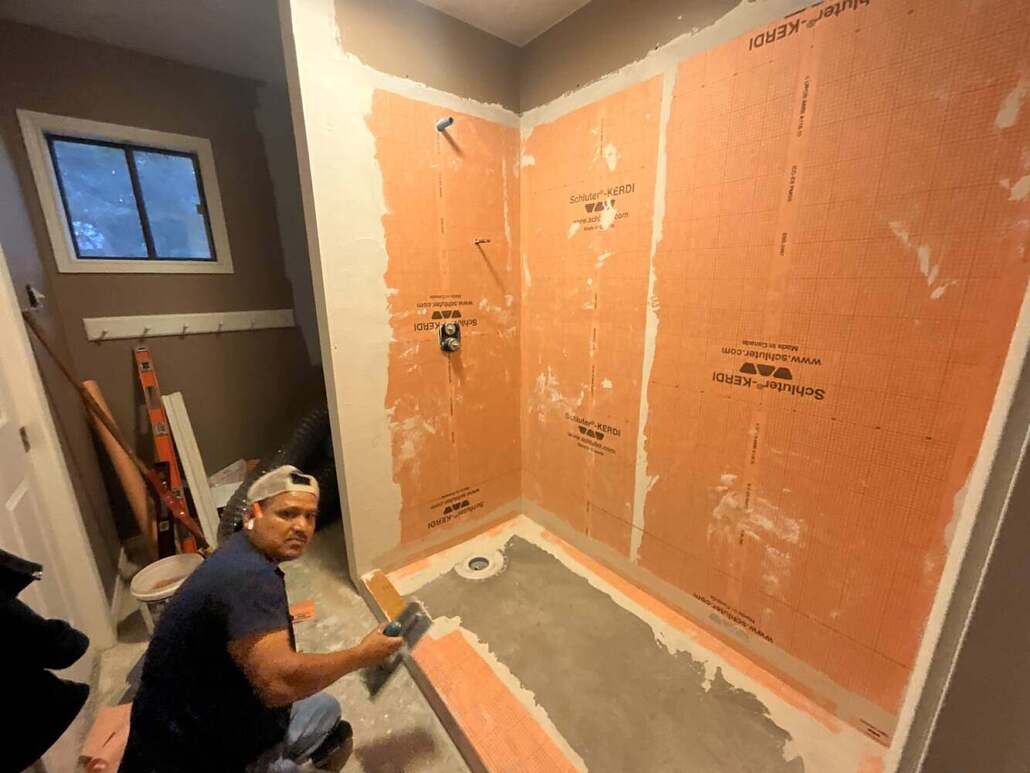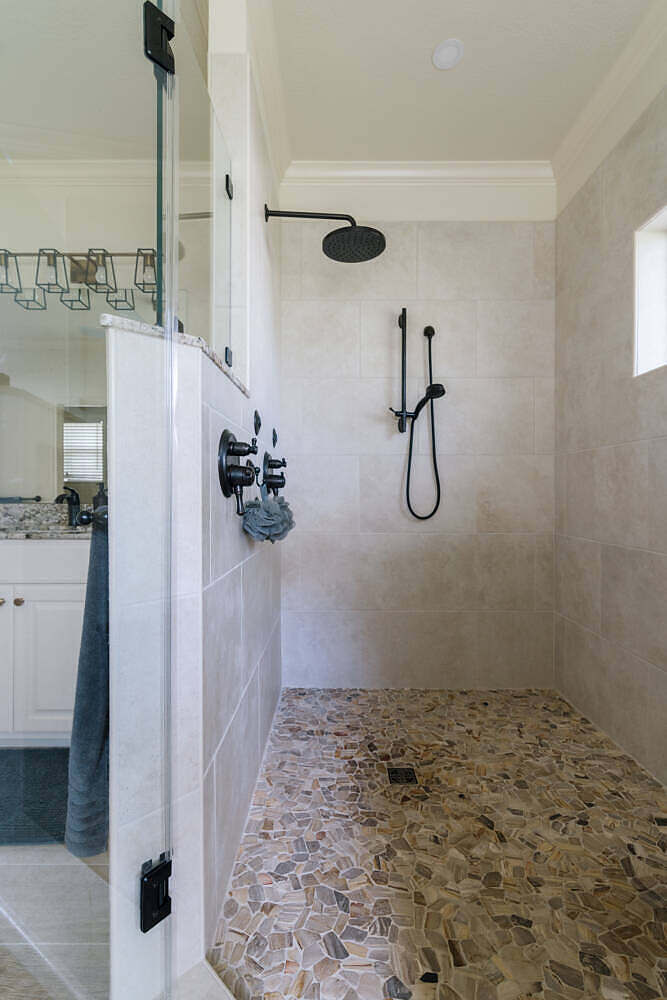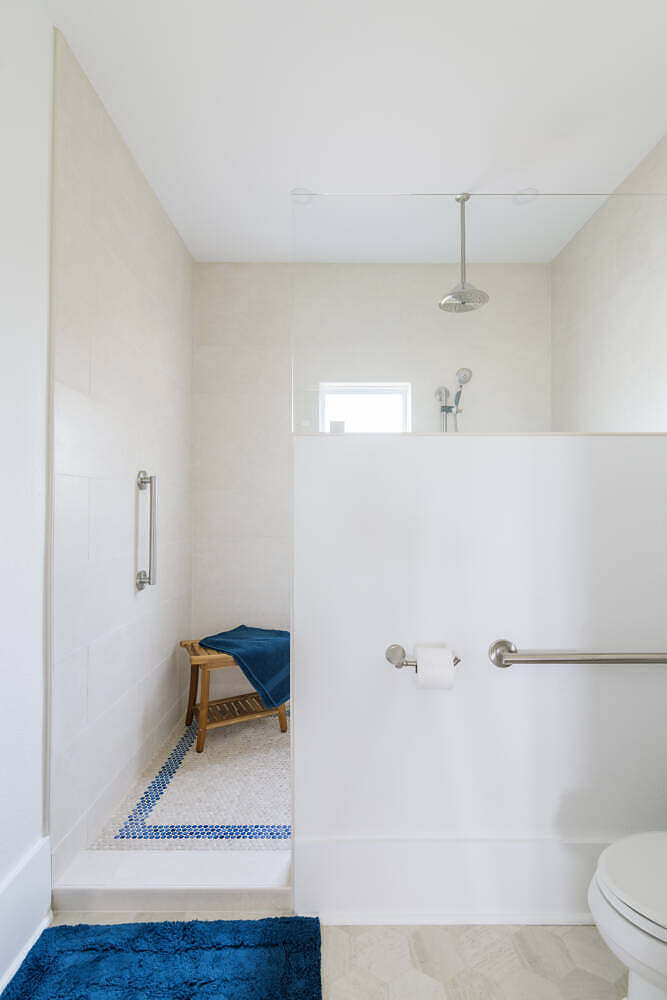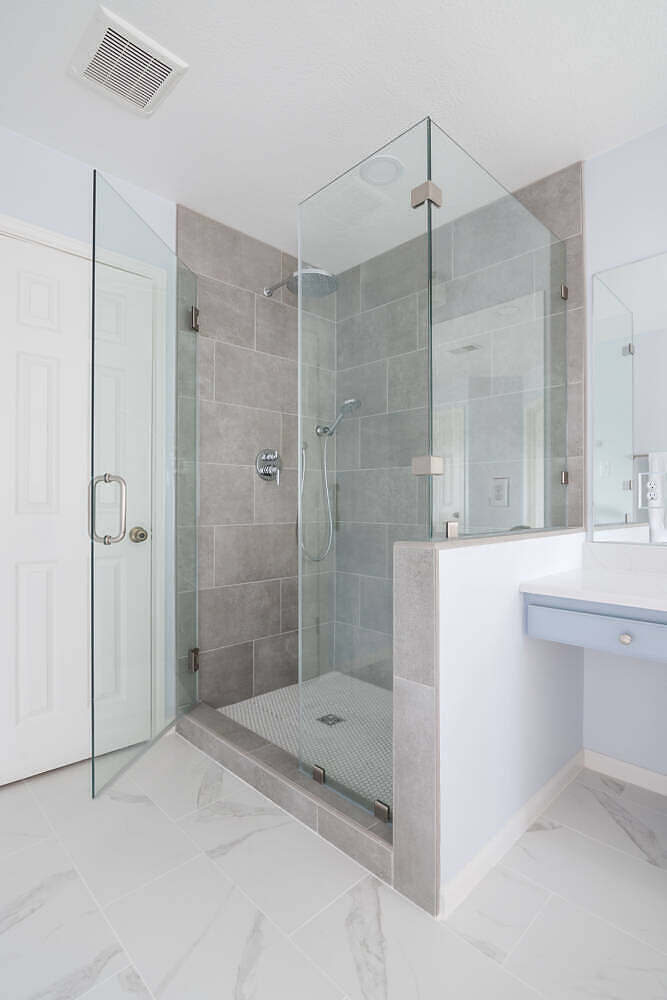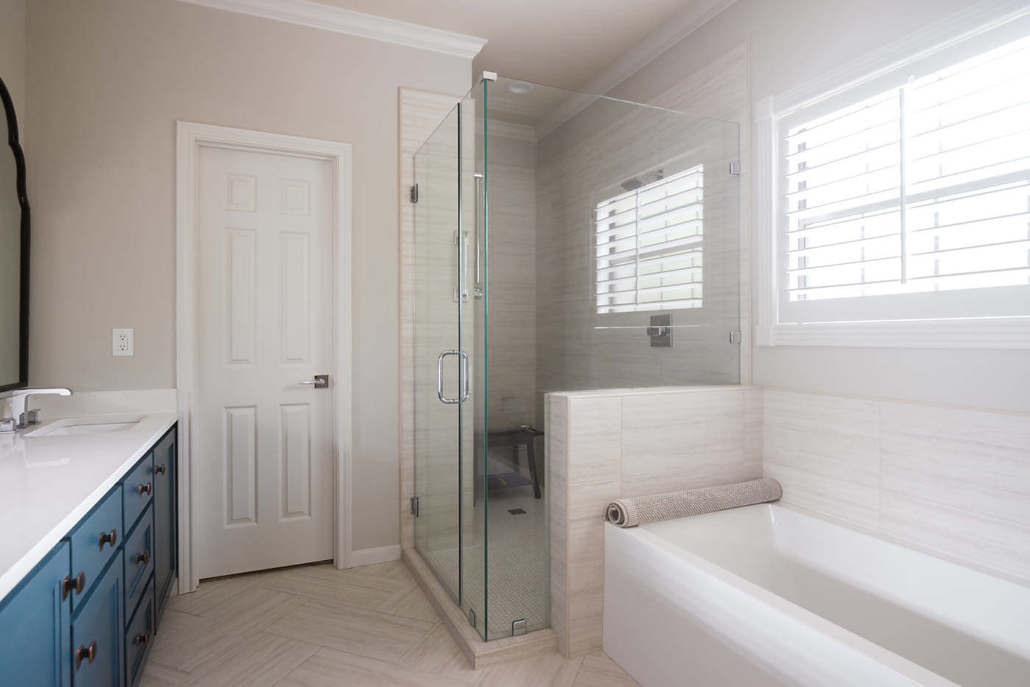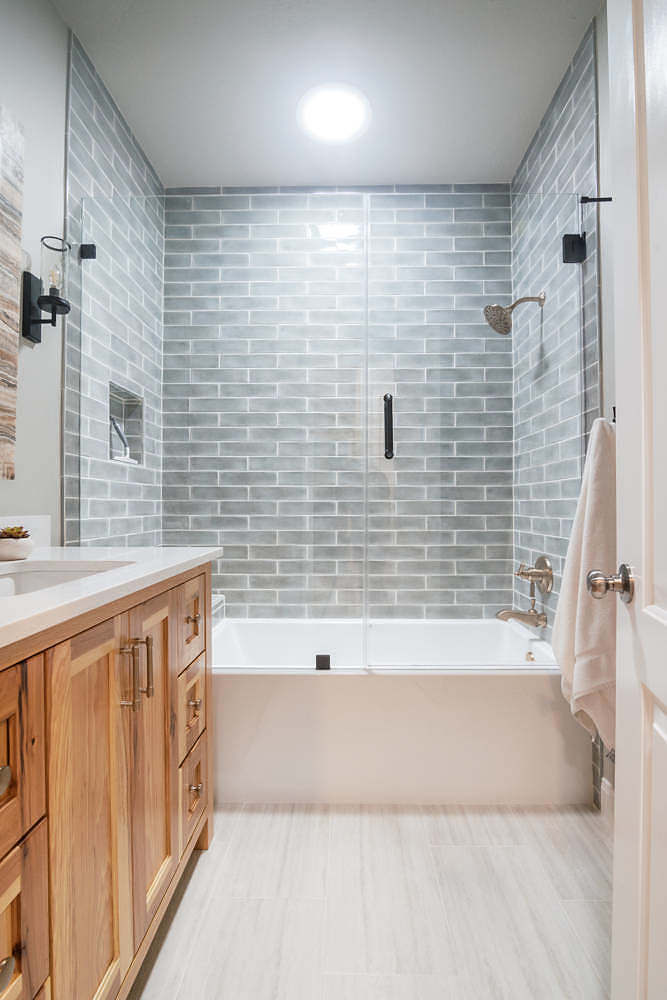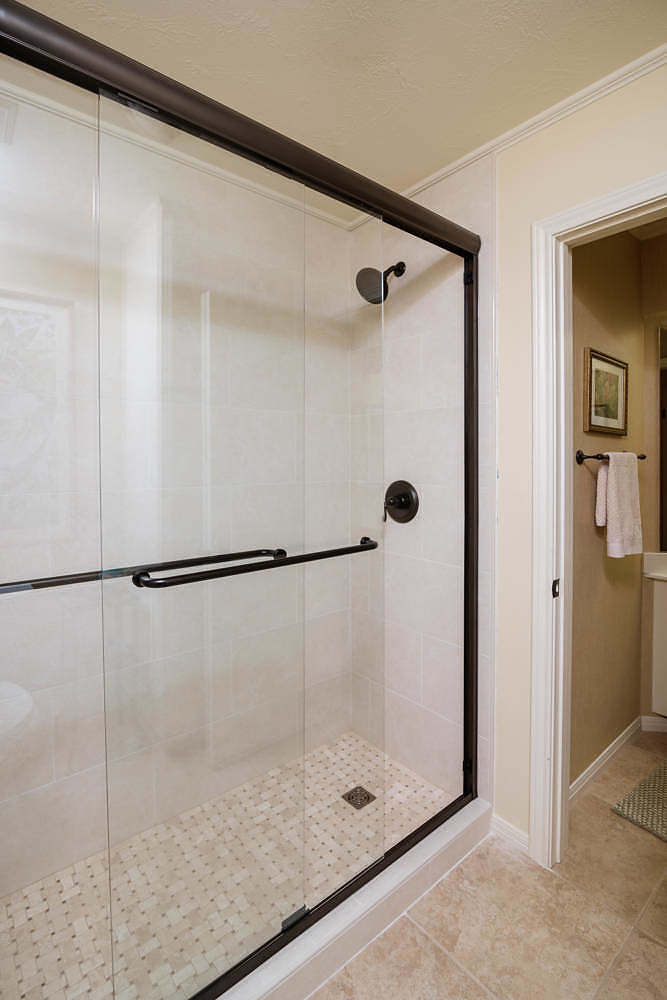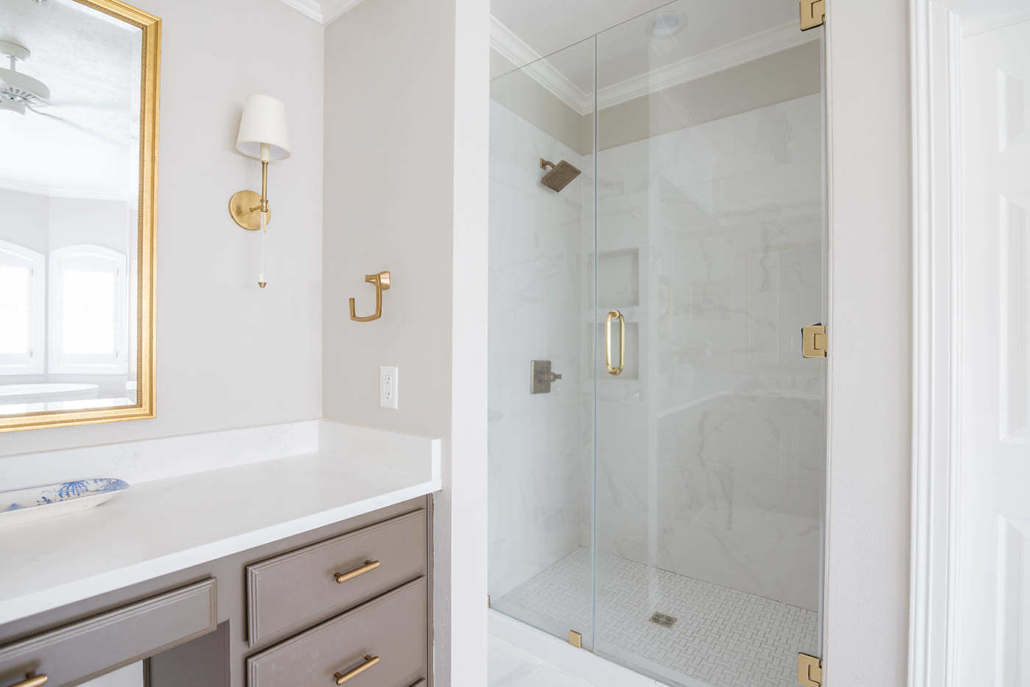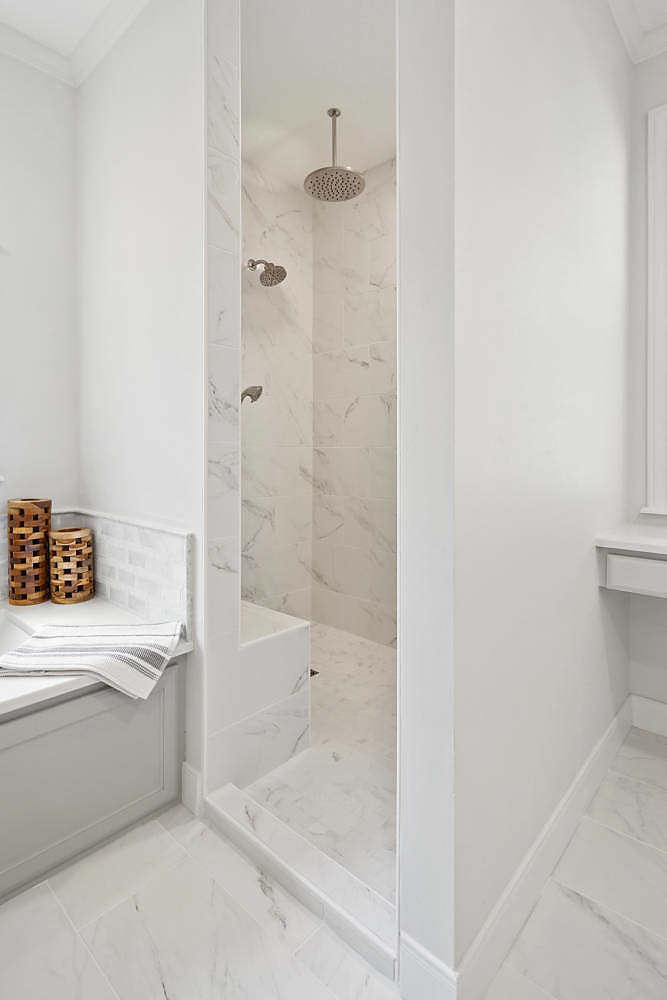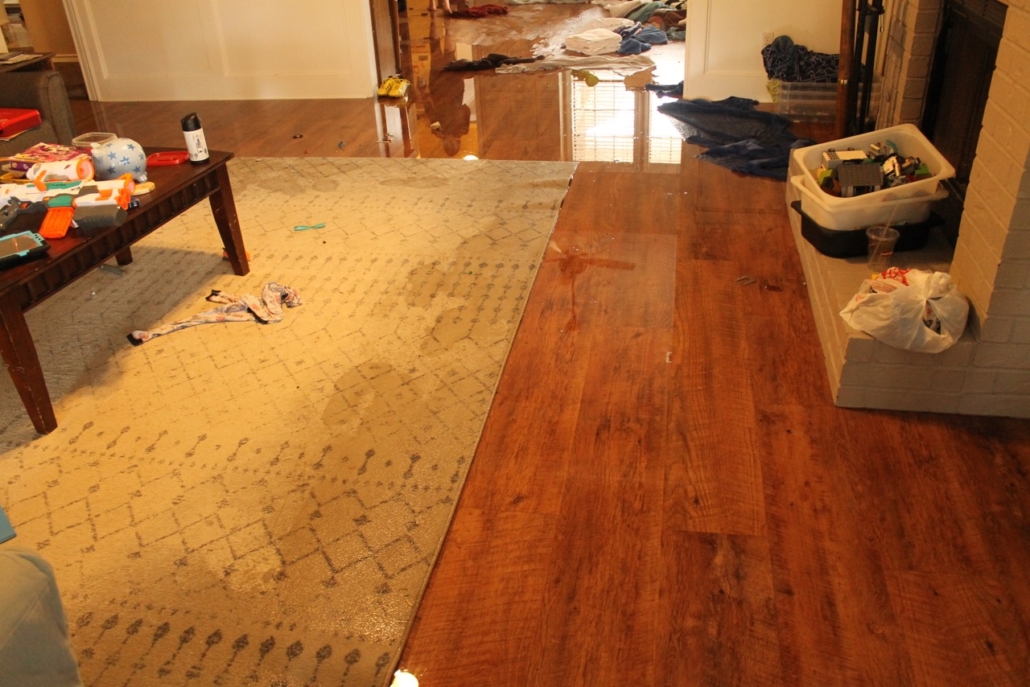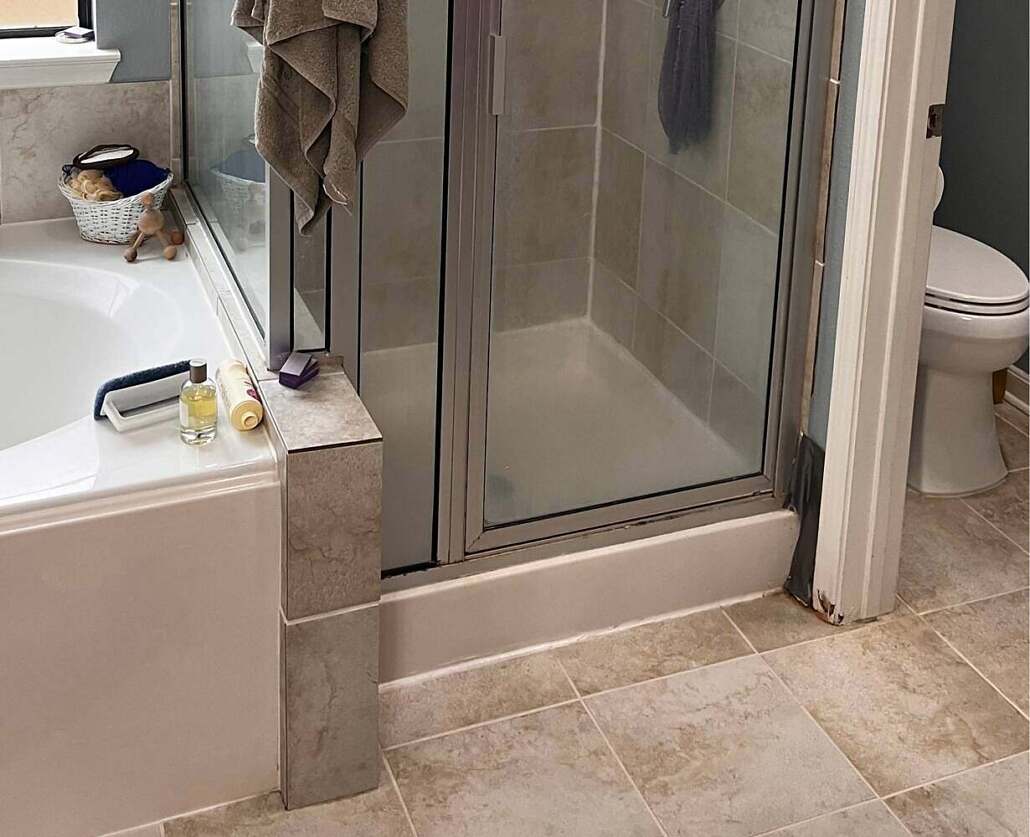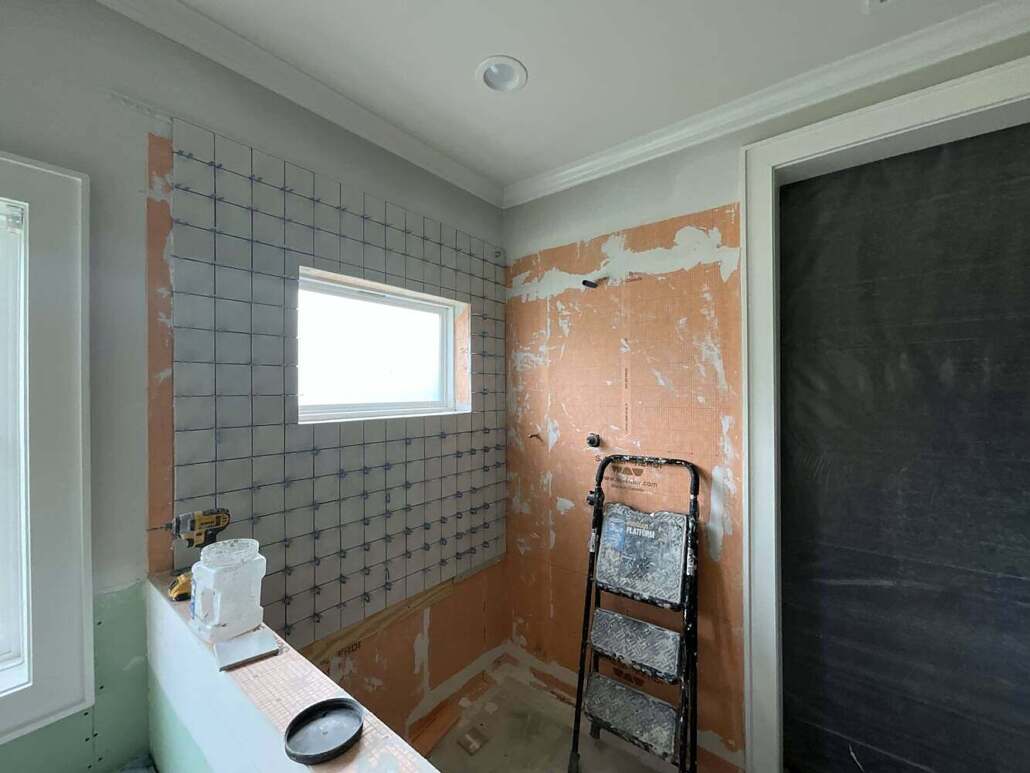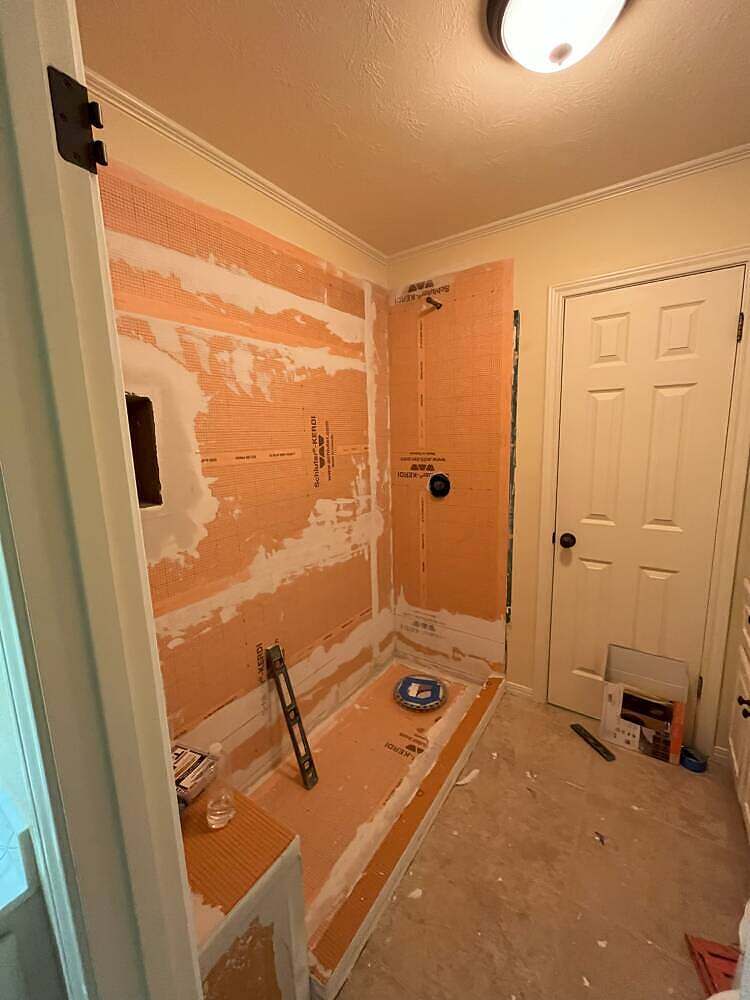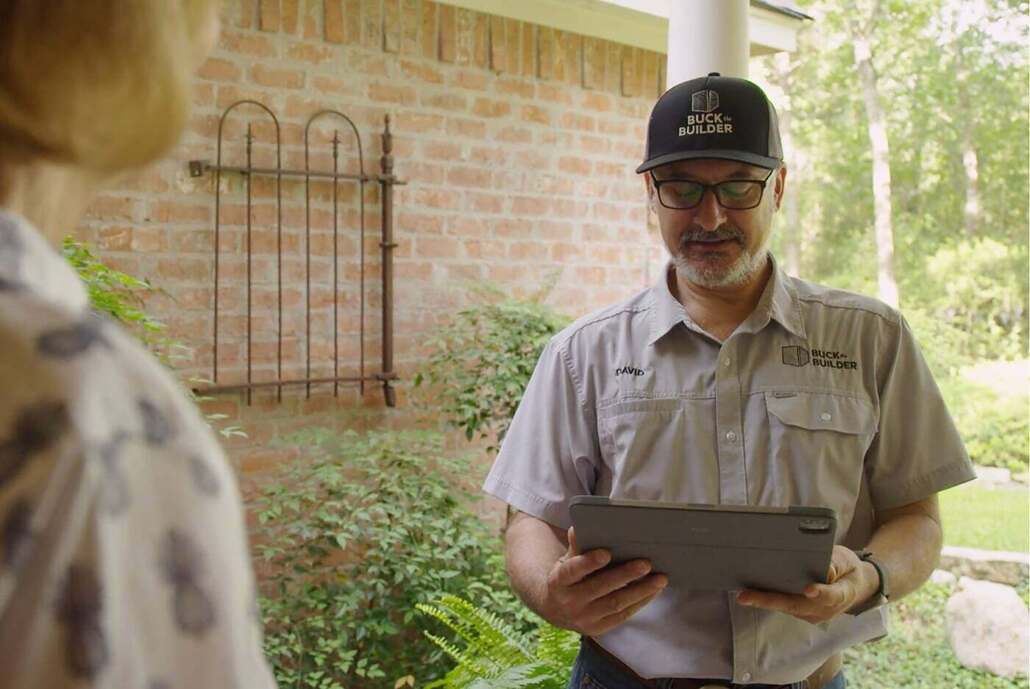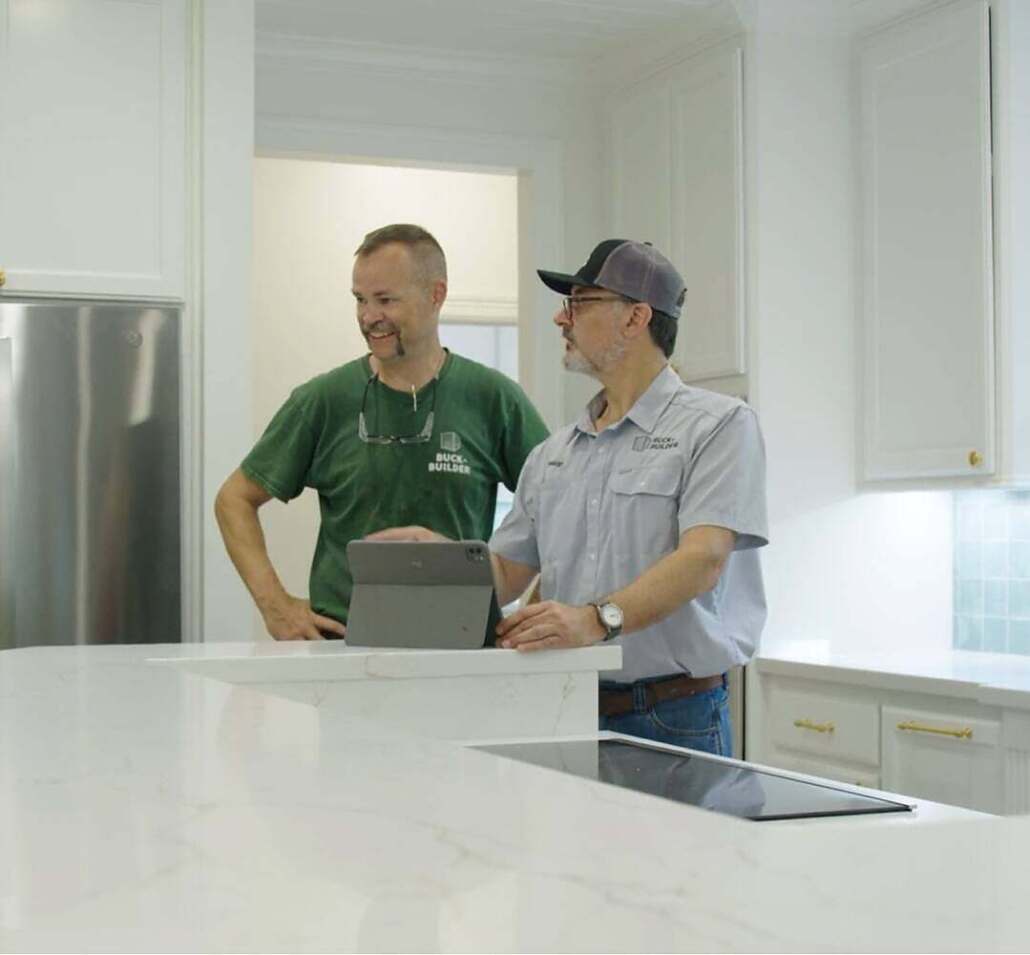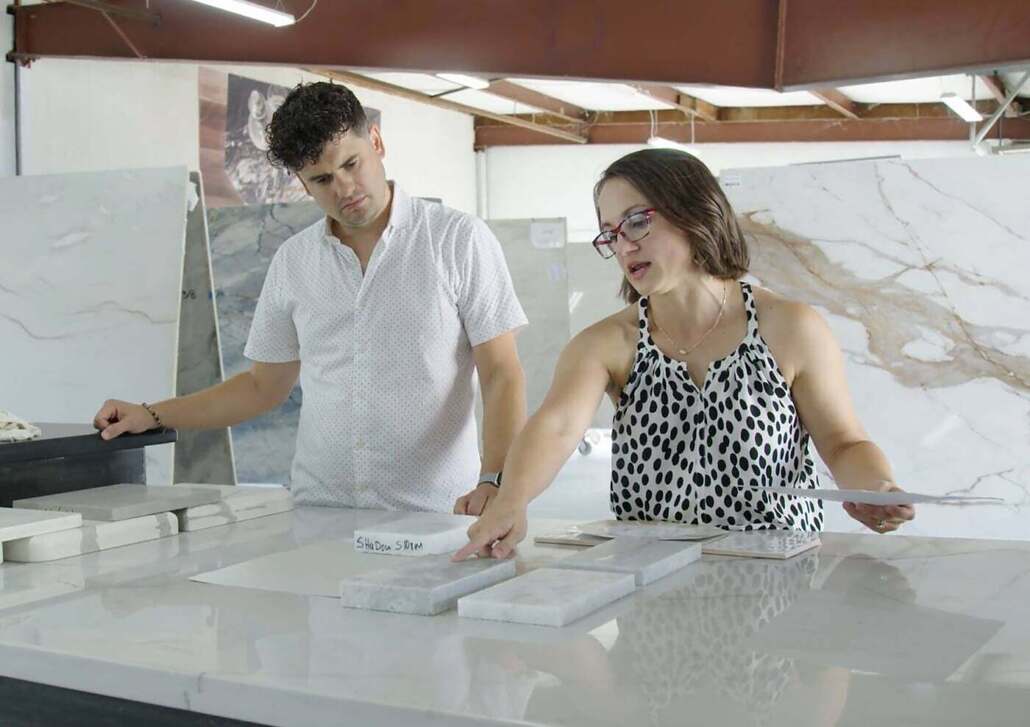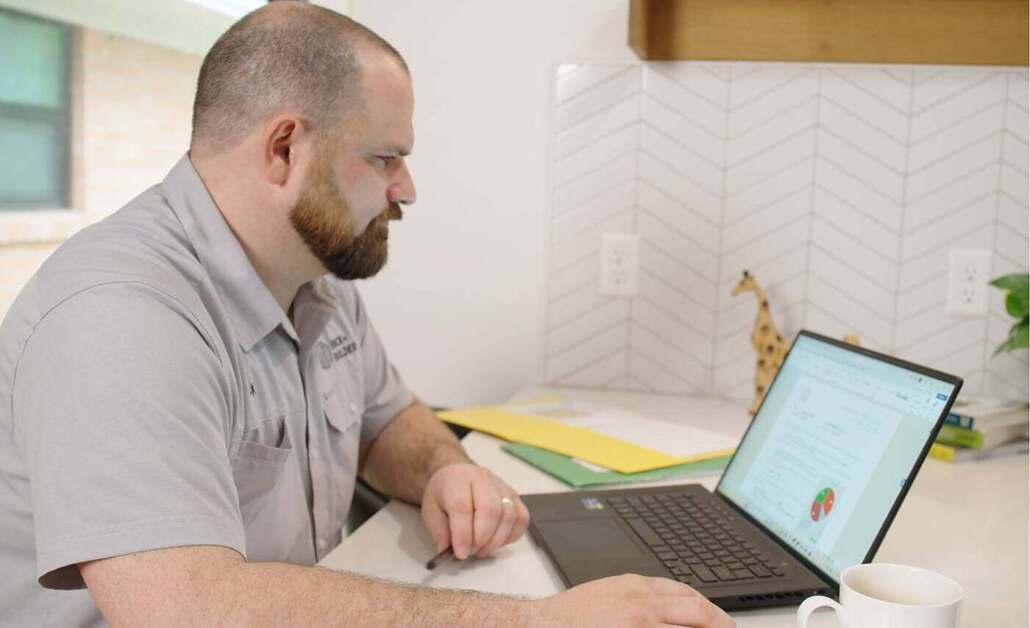FOUR shower leak projects in FOUR months
It’s November 2023 and we have just started working on our fourth project since August repairing bathrooms due to shower leaks. Three of these projects are homes built in 2009, 2016, and 2017, and the fourth is a shower that was repaired for the very same reason in 2020. So, NOT old showers. Unfortunately, these showers were constructed (or previously repaired) using bare minimum methods, resulting in showers that were bound to fail. (In some cases… in only a few years!)
Your shower is one of the BIGGEST potential sources of issues in your home. Not only is it susceptible to water leaks, but due to the amount of tile in a shower, the leaks are often not detectable until they’ve done significant damage either within or on the other side of the wall.
Clay Soil Problems
Here in Bryan / College Station, our soil has a high clay content. Therefore, as our moisture content changes throughout the year, our soil conditions drastically change, causing our homes to shift. When our homes shift, the weak points on our walls, floors, and ceilings will separate or crack. Eventually, you’ll see hairline drywall cracks above windows, at corners, or tape seams.
For further information, local structural engineer Drew Dudley wrote this short and helpful article about our clay soil and the unique challenges it poses for residential construction.
For showers, the weak points are the grout lines. Here in Bryan / College Station especially, your grout lines WILL crack eventually. This is expected. (If you notice this early, the simplest solution is to use a sanded caulk-able grout in a matching color to fill the cracks).
However, many homeowners either don’t notice or don’t repair grout lines immediately. This results in water leaking behind your tile. Therefore, if you have no water-proofing system (and no, “mildew resistant” drywall is typically not enough), water will soak your backerboard, insulation, framing, and anything else within or on the other side of your shower.
In addition to causing physical damage to your home, there is a strong potential for mold & mildew growth before it’s even noticed.
The Schluter-KERDI system
That’s where the Schluter-Kerdi Waterproofing System comes in. Schluter®-KERDI is a pliable, sheet-applied, bonded waterproof membrane and vapor retarder. KERDI features a modified polyethylene (PEVA) core with non-woven polypropylene on both sides to anchor the membrane in the thin-set mortar. KERDI is intended for use with ceramic and stone tile coverings. Tiles are installed directly on the KERDI system.
Essentially, the KERDI membrane doesn’t let water through, and will not grow mold or mildew. While with enough water, tiles may still have some discoloration or damage, it is limited to that one area. And, more importantly, there is no risk of breathing in mold!
KERDI has been evaluated according to the “Standard Method for the Testing and Evaluation of Volatile Organic Chemical Emissions from Indoor Sources Using Environmental Chambers, Version 1.1” for California Specification 01350 and found to comply with the VOC requirements. California Specification 01350 is referenced by various green building standards and rating systems.
Preventing Shower Leaks
The build phase is key! And if you’ve hired a builder or remodeling contractor, YOU are your own best advocate! Therefore, don’t be afraid to ASK:
- What type of waterproofing do you use?
- Building code does not require any additional waterproofing other than mildew-resistant backer board, so there is no guarantee that your builder is taking any additional steps to prevent issues. While we love using Schluter-KERDI, it is not the only waterproofing system. If their answer is anything else, do your research on those products!
- Which plumbing company will work on my home?
- Just as important as waterproofing materials is a reputable plumber. Knowing which plumbing company will work on your home allows you to do your research. Aside from checking their website and online reviews, make sure they have a warranty. We love working with Todaro Plumbing, who is not only professional and knowledgeable but also provides a 2-year warranty on all workmanship.
- We also recommend working with a local plumber. Some builders use plumbers out of Houston or other surrounding areas. This isn’t inherently a problem, however, if you ever need to use their warranty, a local plumber will make that process much easier!
When is a leak an emergency?
The flooring, trim, & drywall around your shower appear soaked with water.
If you notice areas near your shower appear soaked, or the amount of water appears to noticeably grow, turn the water off to your home immediately. Main water is turned off in one of two ways:
- First, if your home is fitted with a main water valve, simply turn it to the off position. These are typically located at an exterior hose bib or in a plumbing box in a garage or utility room.
- Additionally, if you do not have a main water valve, you’ll need to shut it off at the city water connection. This is located outside in your yard where your home’s water supply meets the city’s. (If you can’t find it, it may have grass or brush grown over it. It’s important to locate this before you need it!) To turn it off at the city connection, you will need a water meter key. If you do not have one, get one before you’re in an emergency!
- If it’s a true emergency and you cannot find a water key, the city will come turn your water off. However, this is typically a long wait, and the water leak will do a lot more damage.
Once your water is off, contact your insurance company (if you’ll use them). They should immediately send a water remediation company, such as Servpro. If you won’t use insurance, call a remediation company on your own. This company will remove any drywall, trim, flooring, insulation, tile, or anything else exposed to water. Their only goal at this time is to remove everything needed to access the leak and ensure no mold or mildew growth.
After the wall is open, a licensed plumber will repair the leak to turn your water back on. After this has happened, contact us! We’ll guide you through your next steps, including reviewing an insurance adjustment.
The areas around your shower appear slightly damp: drywall, trim, or paint is discolored, grout lines have white residue, or your carpet is slightly damp.
If the areas near your shower are only slightly damp or discolored, this is possibly due to water leaking through cracks in your tiles and is not a plumbing problem. If you notice this, stop using this shower, and take note if the areas dry up. (The discoloration likely won’t go away). This will tell you if the water issues only occur when the shower is running (tile leak), or if the water leak is constant (plumbing leak).
As with a major plumbing leak, you will still need to call your insurance company to set up water remediation. Or, if you aren’t using insurance, call Servpro yourself.
Once a water remediation company has opened the walls and cleaned them to ensure no mold or mildew growth, contact us! We will walk you through your next steps, including reviewing your insurance adjustment (if you have one).
Involving Insurance
If you’ll use insurance to help pay for the repair, follow these steps:
- First, call insurance and file a claim. They should send a water remediation company to remove damaged trim, drywall, insulation, flooring, and anything else exposed to water. Their only goal is to remove what is needed to dry the area and make sure there is no mold growth.
- Next, your insurance company will do one of three things
- Send an adjuster on site to assess damages, as well as costs associated with them.
- Assess damages and assign a cost based on the photos you send.
- Instruct you to get contractor bids on your own before they’ll provide their assessment.
- After damages are assessed by insurance, they will send you a payout cost and ask if you want to accept it. 99 times out of 100, it’s not enough to properly complete your project.
- Contact us to schedule a free consultation. We will review your desired scope of work and discuss next steps. Likewise, we will also review your insurance adjustment for any missing elements or incorrect costs.
- Finally, if you choose to work with us through our Professional Services Agreement, we advocate for you with insurance. We will develop a detailed scope of work with line item costs and will explain to your adjuster why their payout is not enough. In most cases, we’re able to raise the payout from your insurance company, and our clients see a return on investment by hiring us to advocate for them.
The shortcomings with insurance…
Items that we regularly call out for insurance to cover on behalf of our clients:
1. They typically DON’T include two very important parts to every construction project:
- Project management:
- Insurance companies are either assuming you are hiring a contractor who doesn’t charge for the time it takes to manage the project (schedule tradesmen, quality control, problem solving, etc.), OR they are expecting YOU, the homeowner, to manage it yourself for free. This means spending your own free time, leaving work in the middle of the day, and taking responsibility for all of the details for a project you didn’t even want to do in the first place!
- Project development:
- There is always time spent up front before construction beings. Tile and plumbing fixtures need to be selected and sourced, trade contractors need to be selected and scheduled, transitions need to be determined, and the site needs to be cleared and protected. Again, insurance is assuming a professional contractor or YOU will do this for free.
2. They regularly misrepresent costs regarding:
- Labor costs:
- Most commonly, we see insurance adjustments come back with unreasonable costs of labor. For instance, with trim costs, they’ll base their amounts on price per linear foot. So, even if the water damaged only 8 linear feet of baseboard, they’ll quote it at $5 a linear foot. That may be a fair cost per linear foot for installing a whole home’s worth of baseboard, but no professional trim carpenter will go to the store, mobilize themselves to a new job site, set up their tools, install trim, and clean up, for only $40.
- Material specifications:
- Additionally, lower-quality materials will be specified by insurance. They should replace your materials with the same “like, kind, and quality” as previously in the home. This problem is most common with insurance companies who do not send an adjuster on-site, but it can even happen if they do. We see adjustments with costs for off-the-shelf cabinets, where the clients originally had custom cabinets. Or, the adjustment is for a framed glass shower enclosure, when they have frameless. Adjusters, since they are not builders, often overlook details that we know make certain building elements more costly than others.
3. They give enough for just the band-aid fix
- When a full fix is needed:
- Especially with shower leaks, we’ve seen a lot of insurance adjustments that specify repairs of ONLY the bottom few rows of tile. However, where the new wallboard meets the old wallboard (with tile still on it), that transition cannot be properly taped and floated. Likewise, it will not align perfectly with a fresh grout line. This may solve the problem in the short term, but over time, as water permeates behind that grout line, it will seep through that un-taped wallboard seam and back into your wall. We are regularly telling adjusters that they need to pay for a full shower tile installation to properly fix a water leak. It is ONLY by removing all the tile and applying a proper water-repellant barrier such as Schluter-KERDI, that we can assure you won’t have water in your walls.
- In addition to creating a weak point, rarely can we find matching tiles. Insurance companies should cover the entirety of the material, corner-to-corner. If your shower tile extends to a tub surround, and we can’t source the same tile, they should pay to replace ALL of your tile with matching tile. You didn’t elect to have this renovation performed, but neither should your insurance force upon you a poorly looking patch job with mismatched tile.

